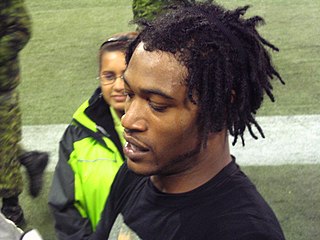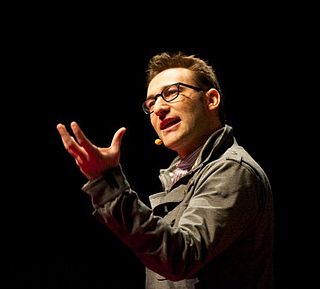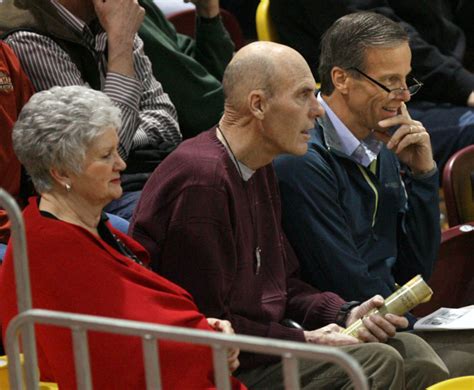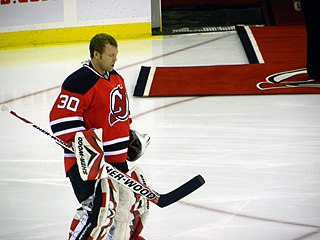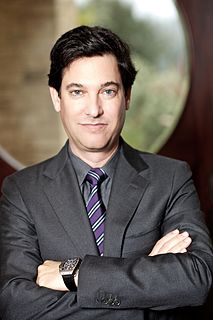A Quote by R. Keith Sawyer
In an improv group and a successful work team, the members play off one another, each person's contributions providing the spark for the next. Together, the improvisational team creates a novel emergent product, one that's more responsive to the changing environment.
Related Quotes
I believe a family can be like that sports team. A successful family wins as a team. But if its members are intent upon winning their own individual battles with one another, the team loses. A winning solution is to work out the differences and, when it's over, let it be over. Then they can get back in the game as a team.
Teams use trust as currency. If it is in short supply, then the team is poor. If trust abounds, the members of the team have purchase power with each other to access each others’ gifts, talents, energy, creativity, and love. The development of trust then becomes a significant leadership strategy. Trust creates the load limits on the relationship bridges among team members
Most of us at one time or another have been part of a great 'team', a group of people who functioned together in an extraordinary way-who trusted one another, who complemented each other's strengths and compensated for each other's limitations, who had common goals that were larger than an individual's goals, and who produced extraordinary results ... the team that became great didn't start off great-it learned how to produce extraordinary results.
Our goal as a team is to keep playing as a group for as long as we can because you will never have that team again. It is like a dying limb, you have to prune it off and let another one grow in its place. That is the way you have to do it, but it still hurts losing these guys and that team because they and you have put so much effort into building a team. Even if you win that last game (and a national championship), it hurts badly because the players know they will never have that same special group of guys together on the same team again. Somebody always goes and somebody new always comes in.
Continuous Integration is a software development practice where members of a team integrate their work frequently, usually each person integrates at least daily - leading to multiple integrations per day. Each integration is verified by an automated build (including test) to detect integration errors as quickly as possible. Many teams find that this approach leads to significantly reduced integration problems and allows a team to develop cohesive software more rapidly.



